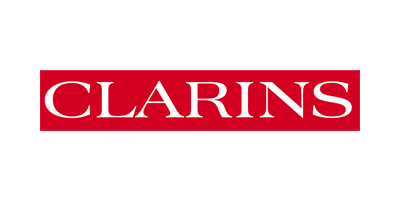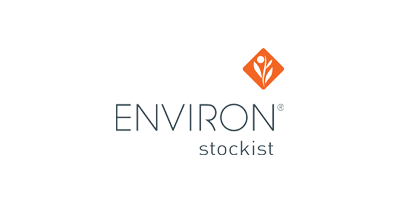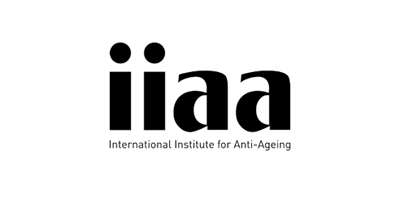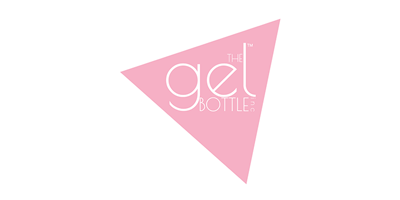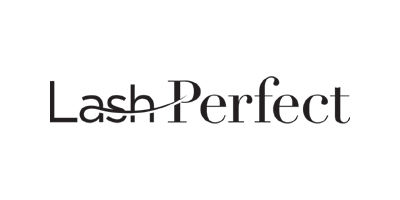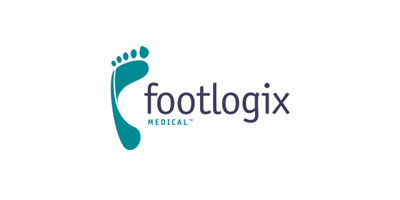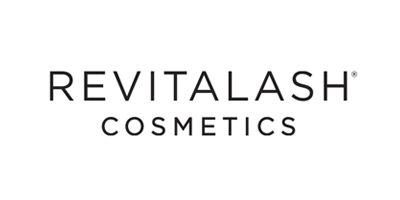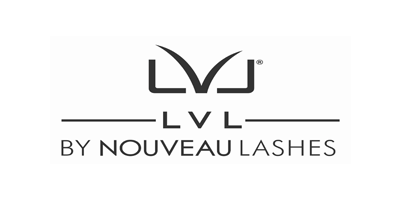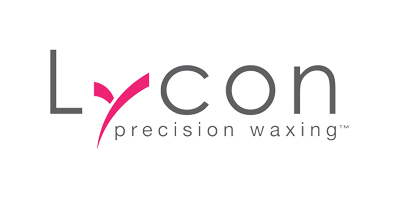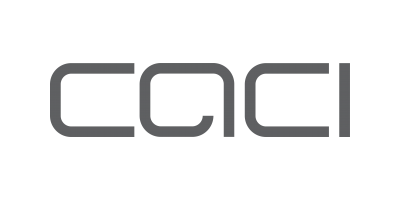Pigmented lesions, such as sun spots, age spots and freckles, that are caused by sun damage can be successfully removed, creating a more flawless, youthful and
glowing appearance.
How does pigmentation removal work?
Short pulses of light are released and are readily absorbed by the high concentration of melanin found within pigmented lesions. The rapid absorption of light energy heats the melanin and causes the destruction of the melanin-rich cells. This triggers the body’s natural healing process to stimulate the growth of new, healthy skin tissue.
What does a laser treatment feel like?
Most patients describe the discomfort as mild and tolerable and no anaesthesia is required.
Who is suitable for treatment?
Most people are suitable for treatment. We recommend a consultation with your clinician to ascertain if the treatment will be successful for you. Large, dark, mottled or raised pigmentation cannot be treated and may need to be checked by a dermatologist. Large, dark moles should not be treated, nor should lesions covering a large part of the body. The pigmented marks that respond the best are superficial lesions such as those caused by sun damage (sun spots, age spots) and freckles.
How many sessions will I need?
The number of sessions will depend on the type and size of the pigmented lesion, but typically a minimum of 3 and up to 6 sessions are recommended. Treatments are carried out every 4 to 6 weeks. Following your course of treatments, top-up sessions are performed as required, usually once or twice a year.


